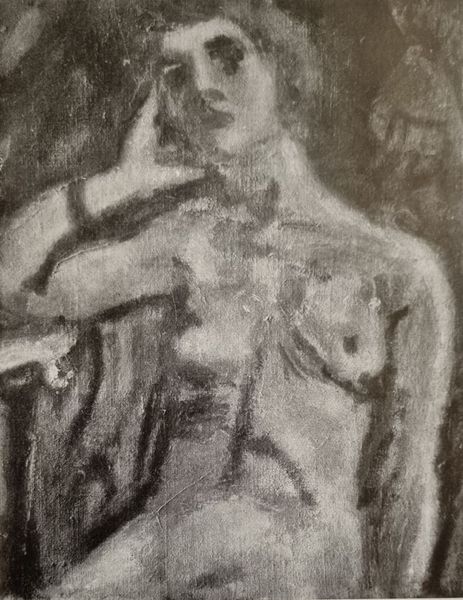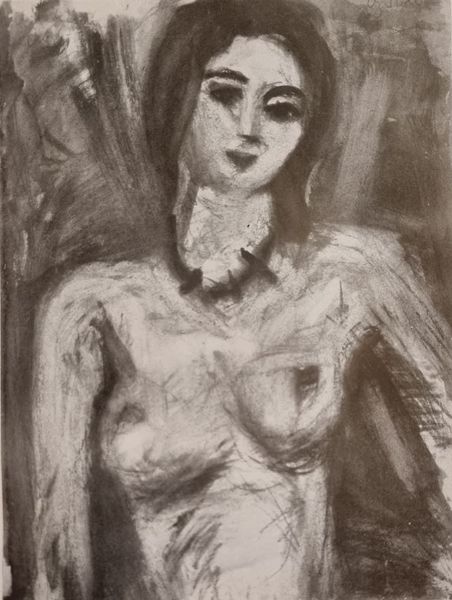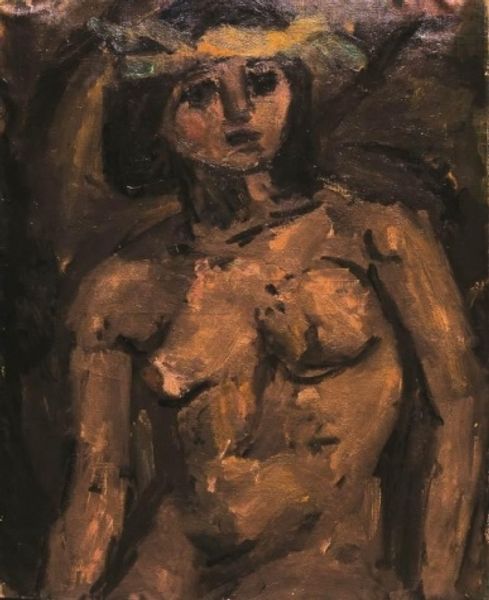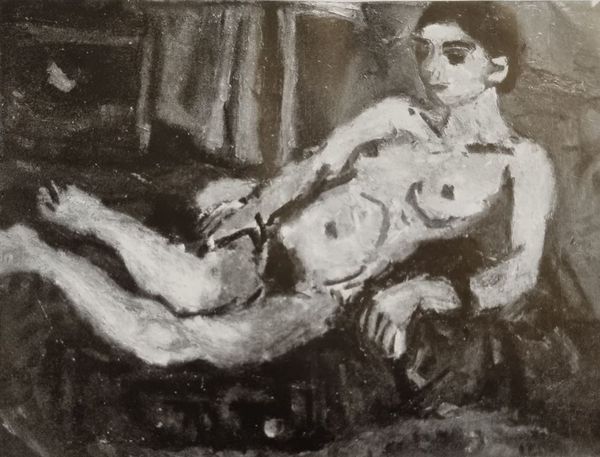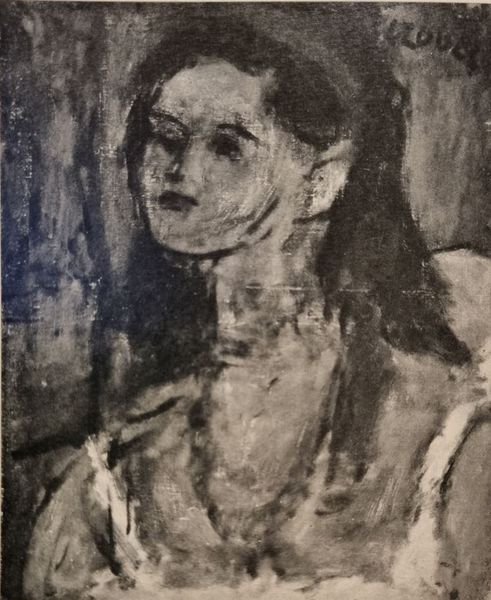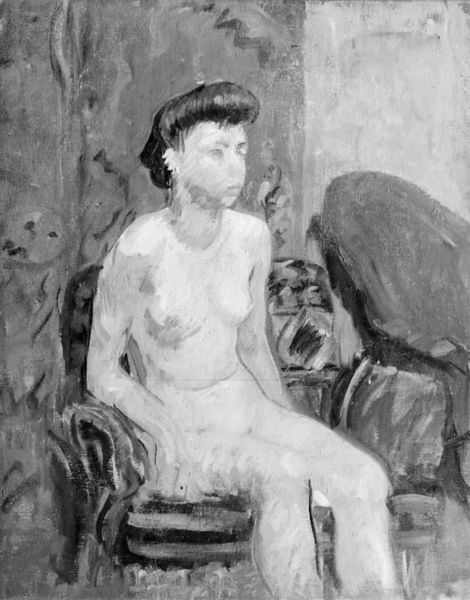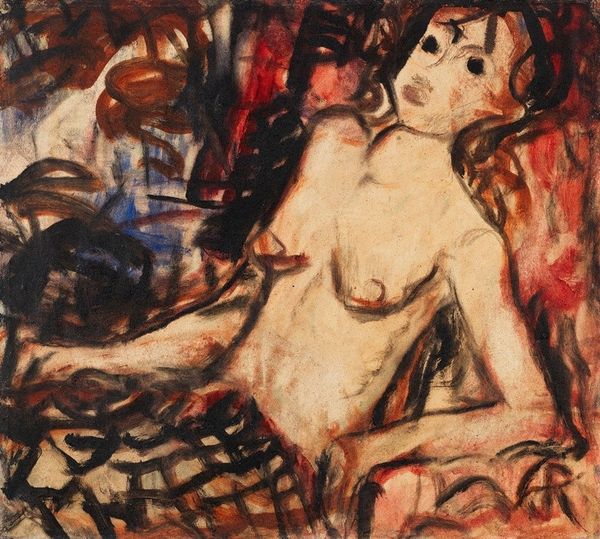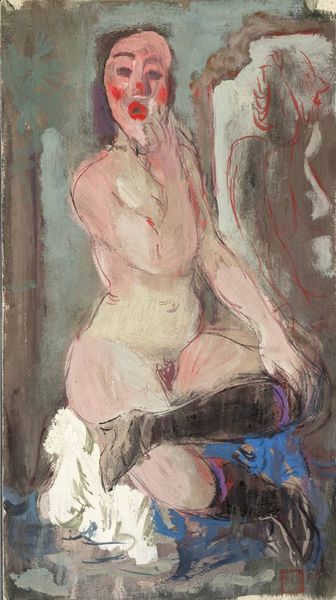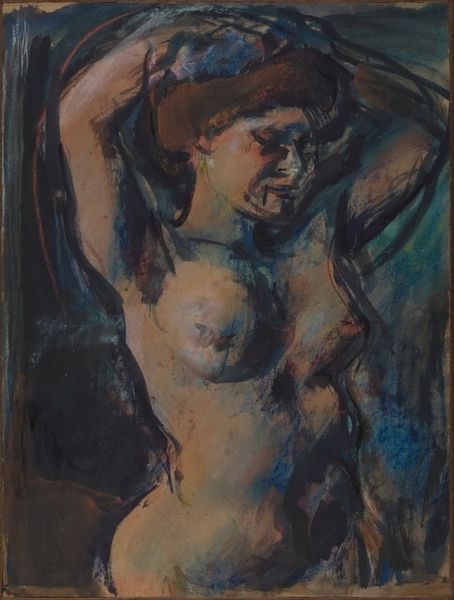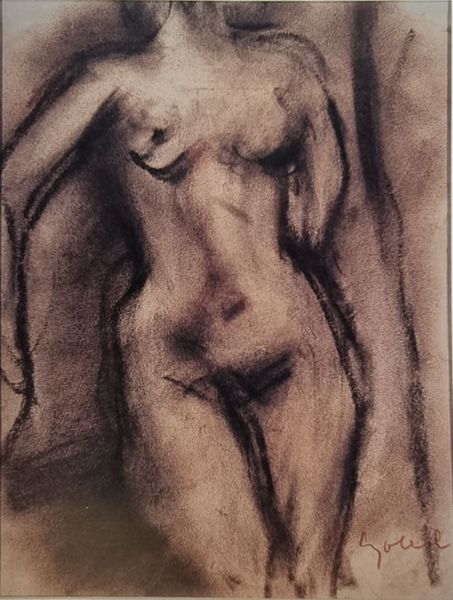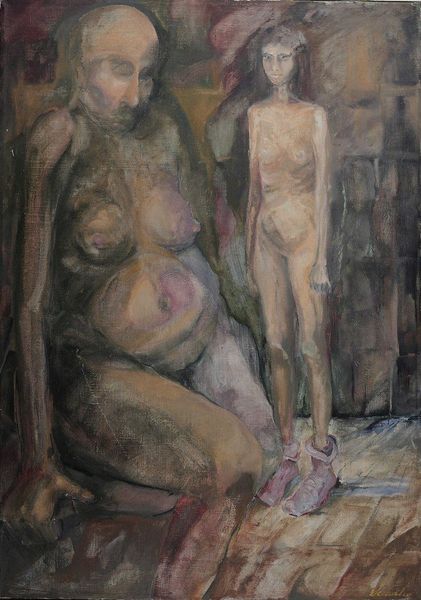
drawing, charcoal
#
drawing
#
charcoal drawing
#
figuration
#
pencil drawing
#
charcoal
#
charcoal
#
nude
#
graphite
#
modernism
Copyright: Bela Czobel,Fair Use
Bela Czobel painted "Nu Assis" around 1928, capturing a seated nude figure in somber tones. Consider the pose: the figure's downward gaze and slumped posture evoke a sense of introspection and melancholy. We see echoes of the classical Venus Pudica, but here, the gesture is less about modesty and more about a withdrawal from the gaze of the world. This motif—the averted eyes, the internal focus—resonates through art history. Think of medieval depictions of the Annunciation where Mary's humility is shown through a lowered head, or even modern portraits where a subject’s gaze suggests a complex inner life. The psychological weight of this image is palpable. There is an emotional echo that transcends time. It is as if the artist captured not just a physical form but a state of mind, engaging viewers on a deep, subconscious level. This is an example of how artistic symbols are non-linear and cyclical, and resurface, evolve, and take on new meanings.
Comments
No comments
Be the first to comment and join the conversation on the ultimate creative platform.
